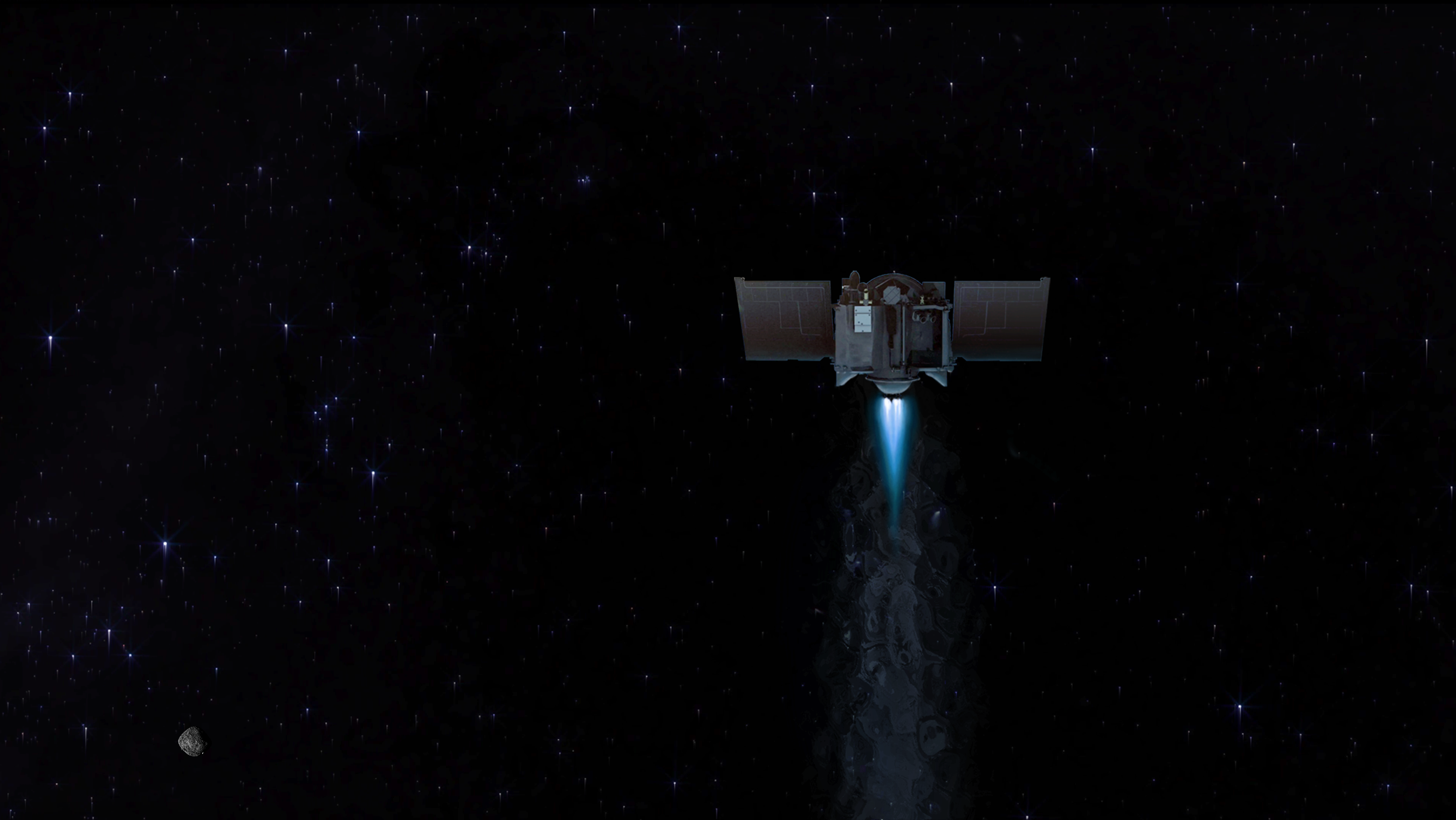
NASA’s OSIRIS-REx (Origins, Spectral Interpretation, Resource Identification, Security, Regolith Explorer) mission has completed its in-depth study of the near-Earth asteroid Bennu, and has now begun its 2-year journey back to Earth after obtaining the first-ever sample from this primordial body in the Solar System. The return to Earth was the subject of a NASA broadcast yesterday, which was shown on NASA TV, the NASA app and on the NASA website. Don’t worry, if you missed it the first time, you can watch the replay!
The broadcast focused on highlights go the mission, including the sample grab in October 2020. This is the first time that a NASA mission has obtained a sample from a near-Earth asteroid and will bring it back to Earth for detailed study in labs. Also covered in the broadcast were the challenges faced by the mission. The mission team also revealed new images from the final flyover of the asteroid by the spacecraft, just before beginning the long trek home.
NASA tweeted confirmation that the burn cutoff, the firing of the rocket engine to change the course of the spacecraft, went as planned:
OSIRIS-REx fired its main thrusters at about 4:23 p.m. EDT, with confirmation reaching the control room at Lockheed Martin approximately 16 minutes later. The time lag is due to the time it takes for the radio signals to reach Earth from Bennu. The thrusters burned for seven minutes, after which the spacecraft was placed on the trajectory that will eventually bring it back to Earth. In order to intersect Earth properly in its orbit, the velocity of OSIRIS-REx must increase by 595 miles per hour (958 kilometers per hour).
Assuming all goes well, OSIRIS-REx will reach Earth on Sept. 24, 2023, with the sample capsule landing at the Utah Test and Training Range.
“OSIRIS-REx’s many accomplishments demonstrated the daring and innovate way in which exploration unfolds in real time,” said Thomas Zurbuchen, associate administrator for science at NASA Headquarters. “The team rose to the challenge, and now we have a primordial piece of our solar system headed back to Earth where many generations of researchers can unlock its secrets.”
OSIRIS-Rex can’t simple fly straight back to Earth; instead it must travel to the point where Earth will be in its orbit on that future date. A good analogy is a quarterback throwing a long pass to where a receiver will be in the future.
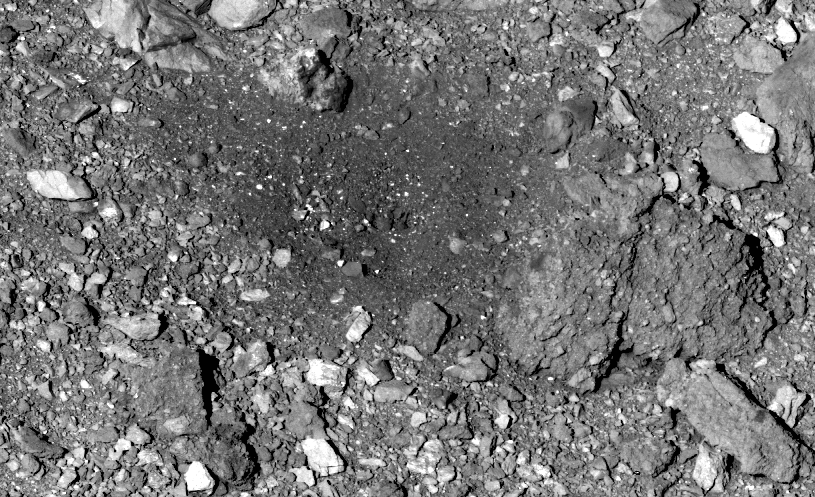
A dozen navigation engineers were involved in making the calculations and writing the computer codes needed for OSIRIS-REx to break away from its orbit around Bennu.
“Our whole mindset has been, ‘Where are we in space relative to Bennu?’” said Mike Moreau, OSIRIS-REx deputy project manager at NASA’s Goddard Space Flight Center in Greenbelt, Maryland. “Now our mindset has shifted to ‘Where is the spacecraft in relation to Earth?’”
The spacecraft’s navigation cameras were turned off on May 9. Now, engineers are using NASA’s Deep Space Network of global spacecraft communications facilities to steer OSIRIS-REx by sending it radio signals. They can tell how fast the spacecraft is moving by measuring the frequency of the waves returned from its transponder. They can then determine OSIRIS-REx’s location by measuring how long it takes for the radio signals to get from the spacecraft back to Earth.
The goal is to get the spacecraft within 6,000 miles (9,656 kilometers) of Earth in September 2023.
There is still a lot of fuel remaining onboard the spacecraft, and the mission team is trying to preserve as much of it as possible for a possible new mission to another asteroid.
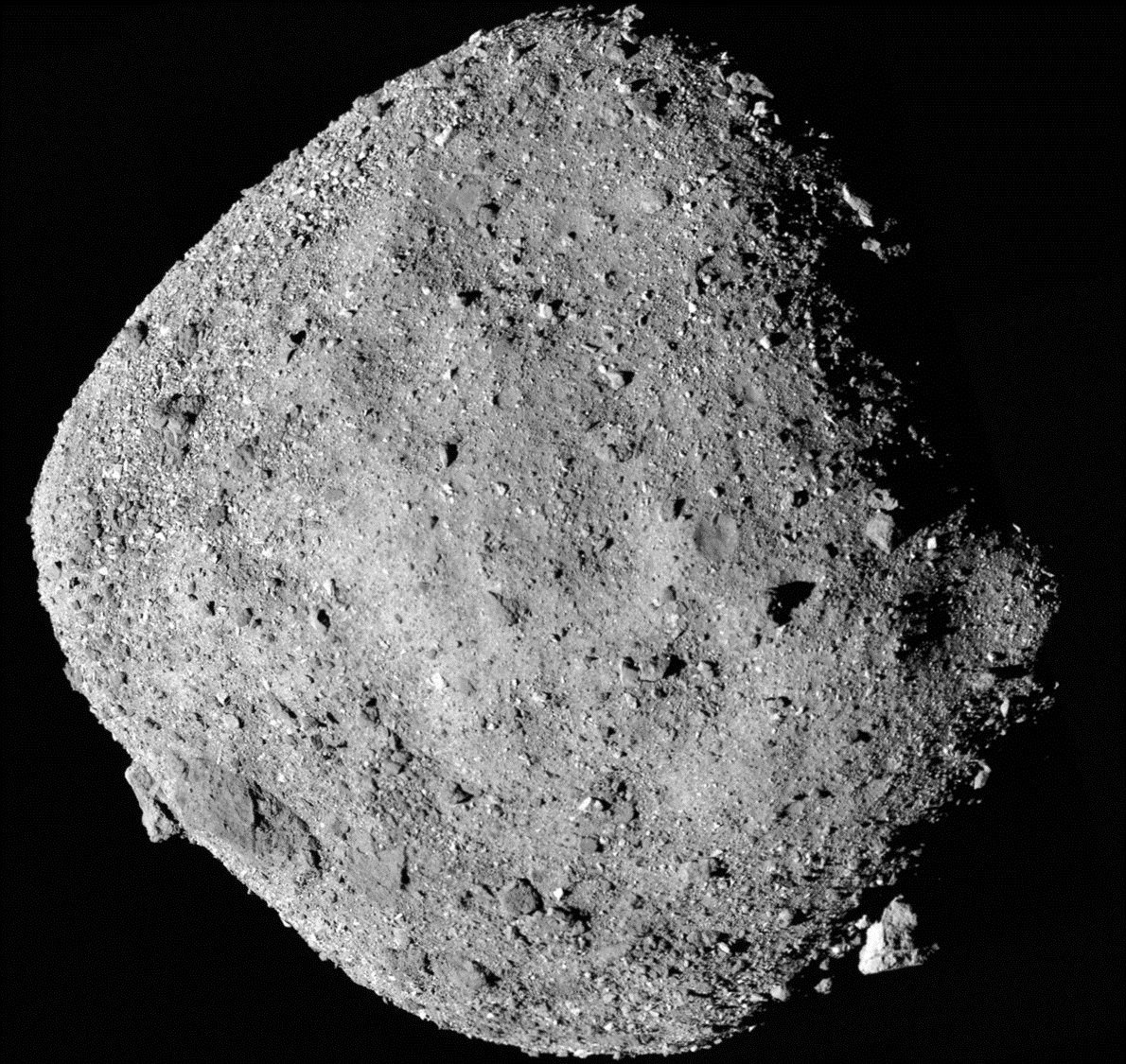
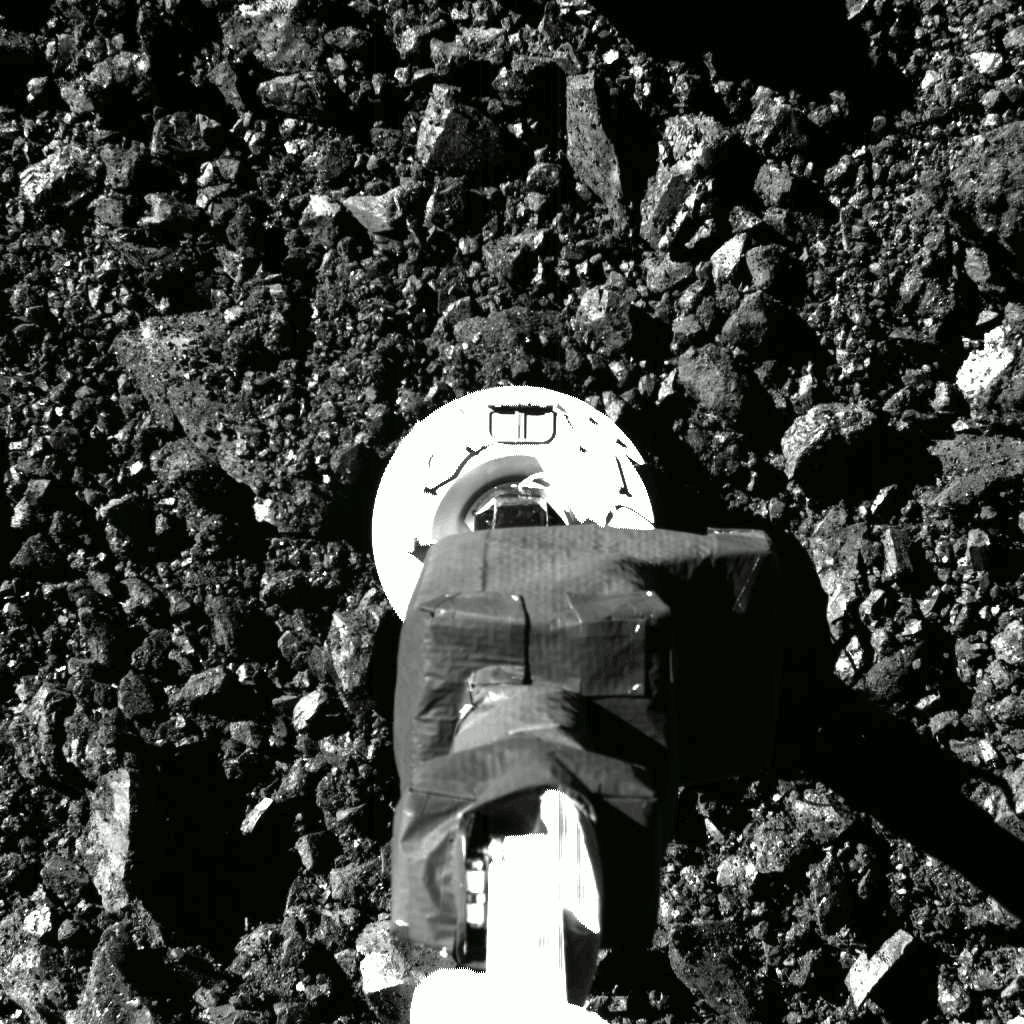
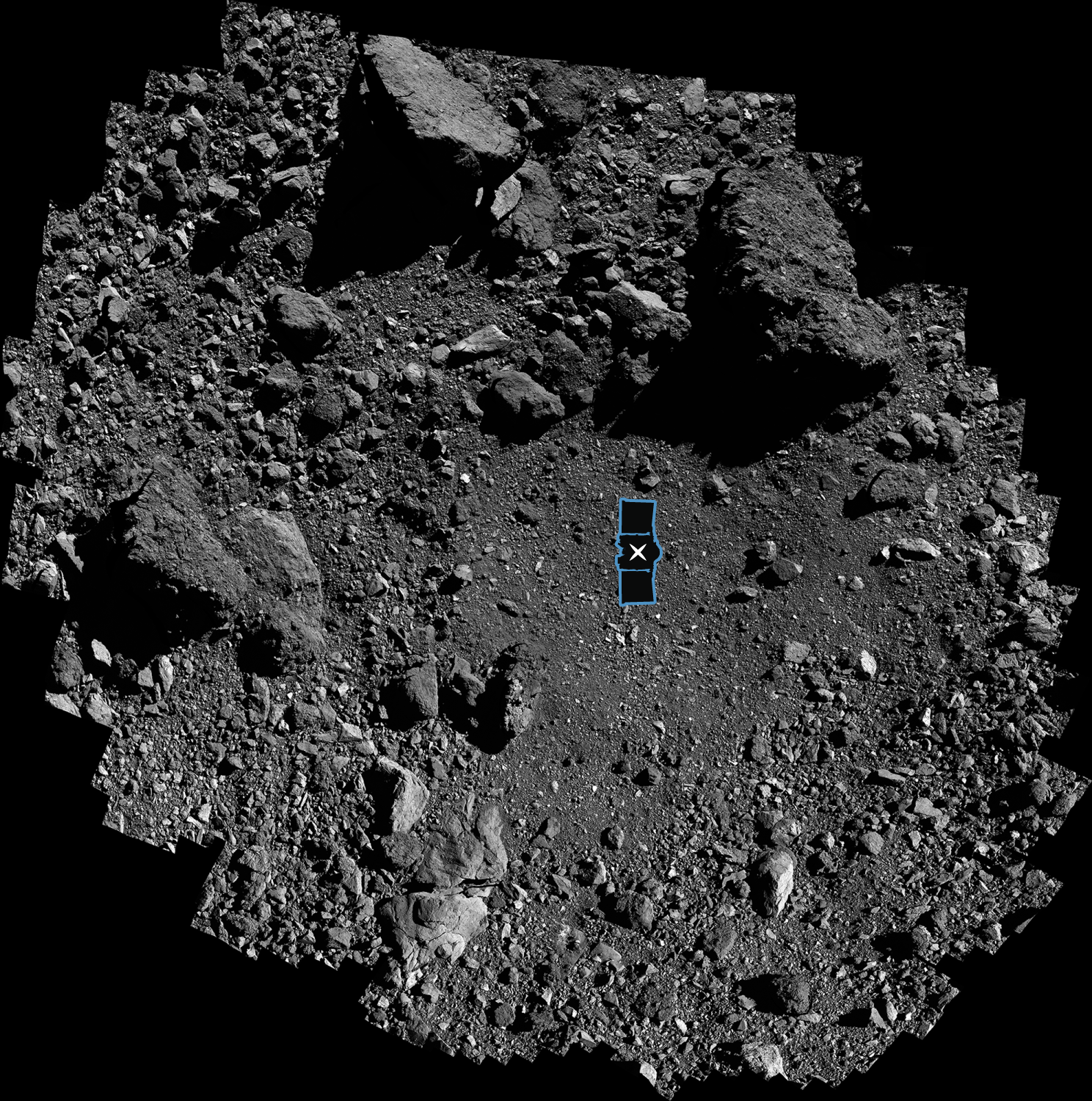
Small corrections will be made in the trajectory as needed by using engine burns.
“We need to do regular corrections to bring the trajectory increasingly closer to Earth’s atmosphere for the sample release, and to account for small errors that might have accumulated since the last burn,” said Peter Antreasian, OSIRIS-REx navigation lead at KinetX Aerospace, in Simi Valley, California.
There will also be course adjustments just a few weeks before OSIRIS-REx reaches Earth. This is necessary in order to precisely the sample capsule’s release into the atmosphere. If it comes in too low, it could just bounce out of the atmosphere, and if it’s too high, it could burn up like a meteor. If the capsule isn’t released at all for some reason, then the spacecraft will be diverted away from earth for a re-try in 2025.
“There’s a lot of emotion within the team about departure,” Moreau said. “I think everyone has a great sense of accomplishment, because we faced all these daunting tasks and were able to accomplish all the objectives thrown at us. But there’s also some nostalgia and disappointment that this part of the mission is coming to an end.”
By all counts, the mission was a complete success. OSIRIS-REx was able to obtain more than 2.1 ounces (60 grams) of rocky and dusty material from the surface of the asteroid, using its Touch-And-Go Sample Acquisition Mechanism (TAGSAM). This will be the largest sample ever returned to Earth by a NASA mission since the Moon sample were brought back by the Apollo astronauts.
The Sample Return Capsule (SRC) will be transported to the curation facility at NASA’s Johnson Space Center in Houston, Texas. Portions of the sample will be distributed to labs worldwide for study by scientists. Most of the sample, 75%, will be set aside for future study using technologies not even invented yet.
Scientists were surprised to see that Bennu was covered in boulders, which had not been expected.
“We really had this idea that we were arriving on an asteroid with open real estate,” said Heather Enos, OSIRIS-REx deputy principal investigator, based at the University of Arizona, Tucson. “The reality was a big shocker.”
OSIRIS-REx broke its own record for the closest orbit ever of a planetary body, coming within 680 meters (2,231 feet) of the asteroid’s surface. The previous record was 1.3 kilometers (0.8 miles). This is for the orbit of course, not counting when the spacecraft actually touched Bennu ignorer to obtain the sample.
Bennu is also the smallest object ever orbited so far by a human-made spacecraft, at only 0.306 miles (492 meters) across.
Only a week after OSIRIS-REx entering its first orbit around Bennu on Dec. 31, 2018, scientists found that Bennu has plumes of tiny particles erupting from its surface, as seen in images taken. The particle plumes were discovered on Jan. 6, 2019, and observed multiple times during the next couple months. Some of the particles even orbited Bennu as tiny “satellites” before settling back on the surface again.
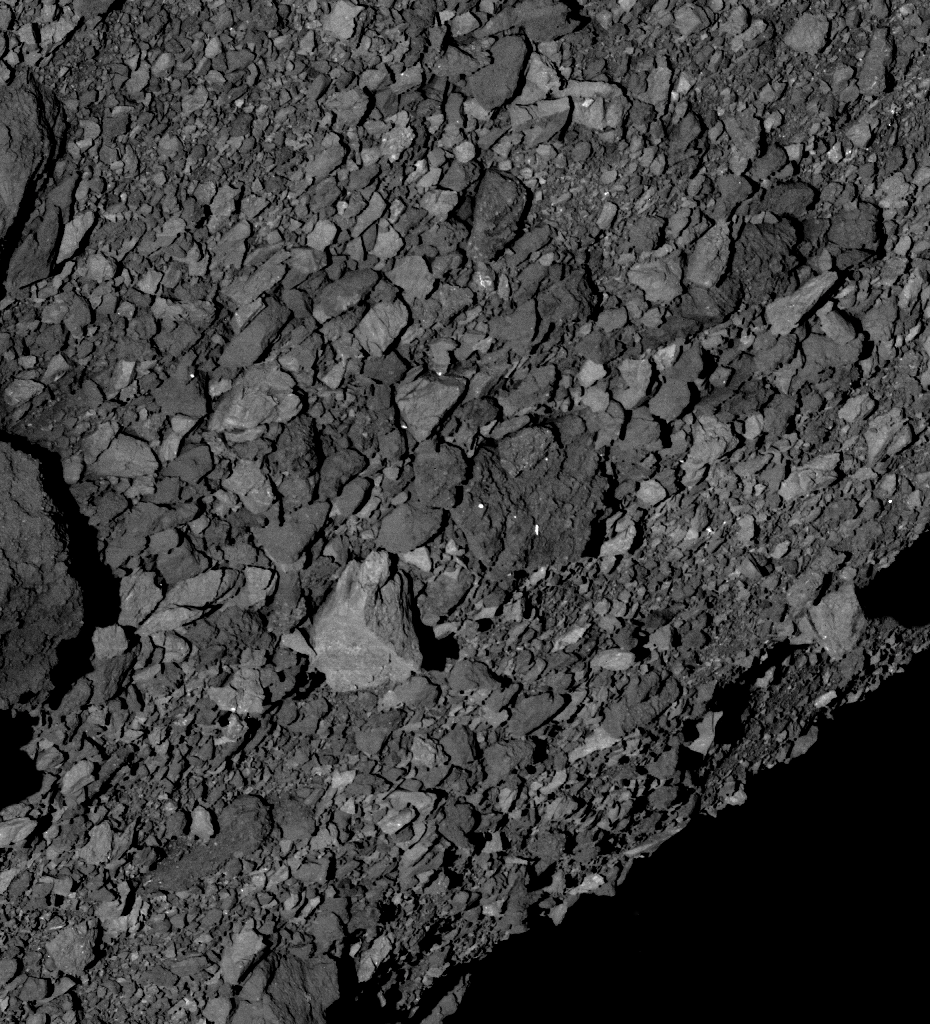
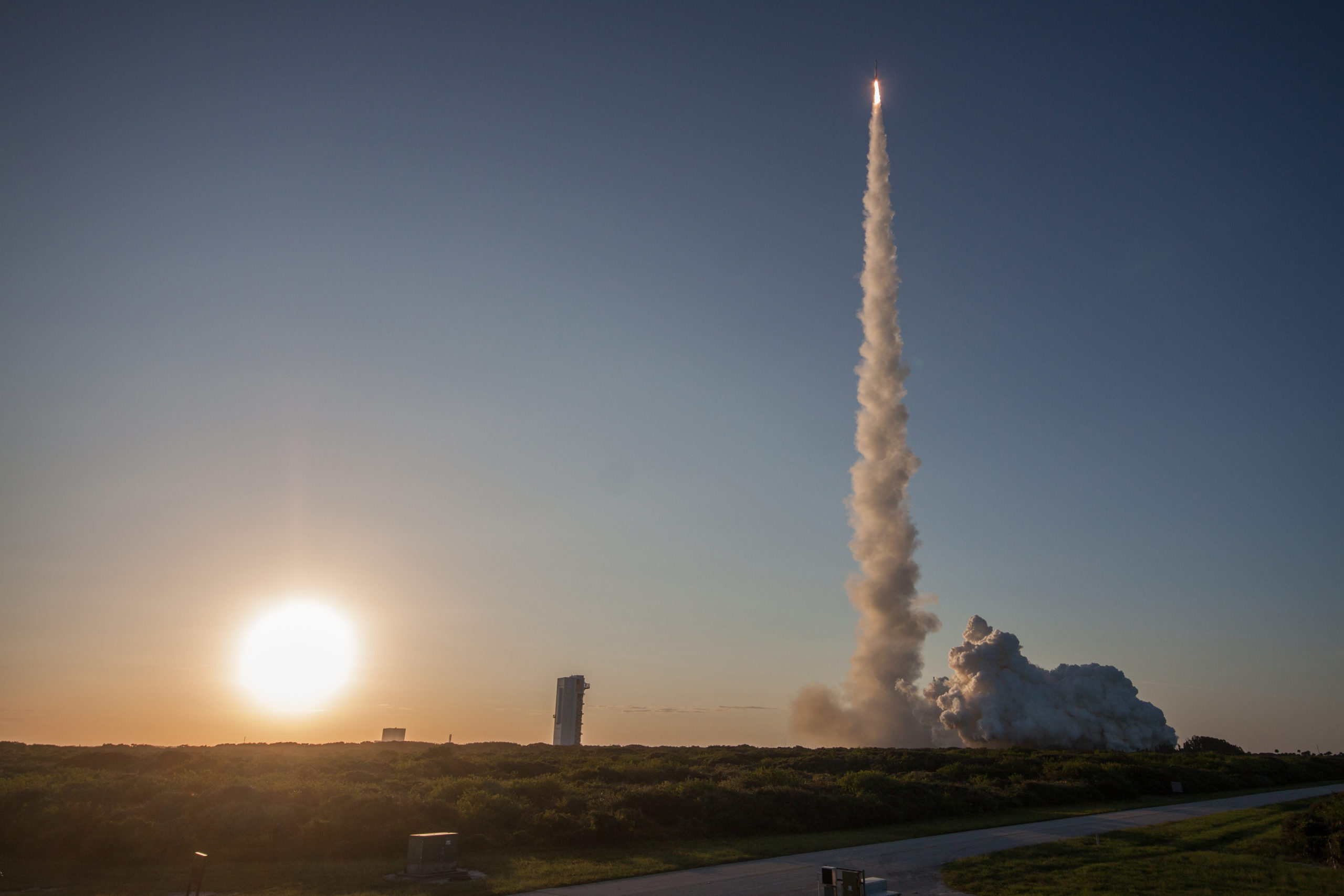
“We had to scramble to verify that the small particles being ejected from the surface did not present a hazard to the spacecraft,” Moreau said.
The sample that is now winging its way home will provide important clues as to how Bennu, and asteroids in general, formed, as well as the Solar System overall. Since there is already evidence for organic molecules, carbonates and water-bearing molecules on Bennu, it could also offer insights into how life first began on Earth billions of years ago. OSIRIS-REx has even found evidence for ancient geothermal activity on the larger parent rocky body that Bennu broke off of eons ago.
“This mission emphasizes why we have to do science and exploration in multiple ways – both from Earth and from up-close in space – because assumptions and models are just that,” Enos said.
OSIRIS-REx was launched aboard a ULA Atlas V 411 rocket from Cape Canaveral Air Force Station, Florida, on Sept. 8, 2016.
More information about OSIRIS-REx is available on the main mission website and the NASA website.
.
.
FOLLOW AmericaSpace on Facebook and Twitter!
.
.
Missions » OSIRIS-REx »



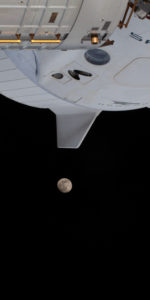
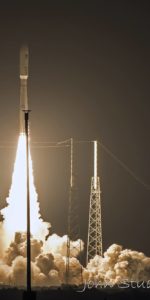
Yet another heavenly body “touched” by humanity. Best of luck in returning the sample.